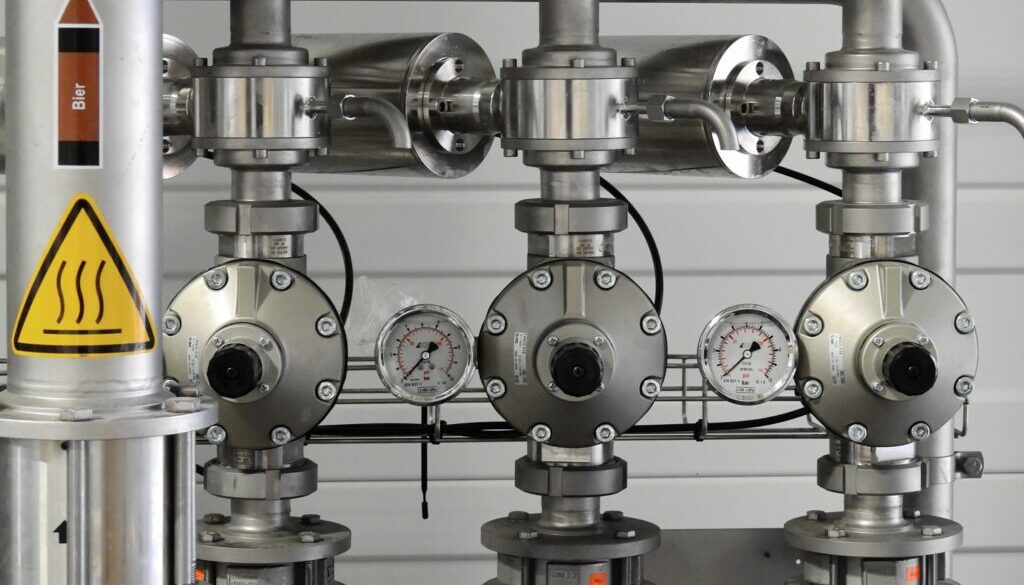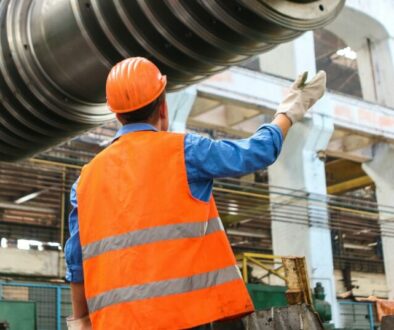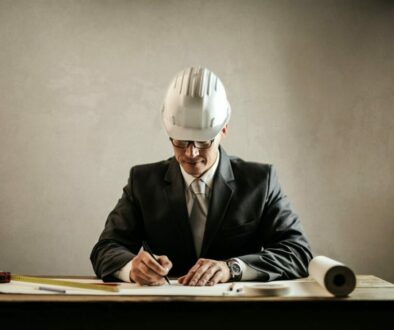When designing a commercial or residential building, there are many active systems including, mechanical, electrical, and plumbing, that all need to fit for optimized performance. These fundamental building components rely heavily on mechanical and electrical contractors to coordinate by detecting and resolving any potential clashes/conflicts. Through the visual simulation of 3D modeling, contractors are able to go above and beyond thanks to these new technological advances.
Over the past decade, technology has made daily tasks uncomplicated and more efficient. Developments in 3D modeling are making a substantial impact in mechanical construction. So, what exactly is 3D modeling in mechanical construction 3D modeling allows construction professionals the insight and tools they need to more efficiently plan, design, construct and manage a building and its infrastructure. It allows mechanical and electrical contractors to take their worlds digitally providing cost efficiency, enhanced collaboration, and time savings.
In the traditional 2D models, systems have no automated method of identifying clashes/conflicts, which results in mechanical contractors being highly dependent. This 2D method of drawing plans, sections, and elevations, ultimately is costly, time-consuming, and inefficient. When it comes to mechanical construction, 3D modeling is a no-brainer. Let’s explore five key benefits for utilizing 3D modeling in mechanical construction
1. Clash-free design
Detecting clashes early on minimizes mechanical construction delays ensuring cost, effort, and time are the top priority. Typically, a delay in construction is often a result of component intersection, lack of buffer space around equipment, and conflict between workflows. Clashes that are identified before install are quickly reviewed and resolved.
2. Reduce Project Rework
By reviewing clashes off-site, mechanical contractors have the opportunity to reduce any errors and holding up production. It’s a chance to fine-tune and make appropriate adjustments before working on site.
3. Collaboration at Early Stage
Early collaboration amongst different professionals during the design stage allows team members to proactively identify any potential concerns. Early cooperation promotes fewer mistakes that need to be revised later.
4. Cost Saving
A reduction in overall costs is a win for all. Because of clash-free design, reduced project rework, and early-stage collaboration, 3D modeling is an affordable option for mechanical contractors.
5. Reduction in Material Waste
Due to reduced errors and adjustments during the construction phase, material waste is significantly decreased.
3D modeling ensures collaboration, cost efficiency, and reduced project rework, leading to effective, productive, and reputable mechanical construction. Want to learn more about the benefits of 3D Modeling in Mechanical Construction? Speak to an industry expert at Arpi’s North to learn more today, info@arpisnorth.com, or call (780) 452-4438.







